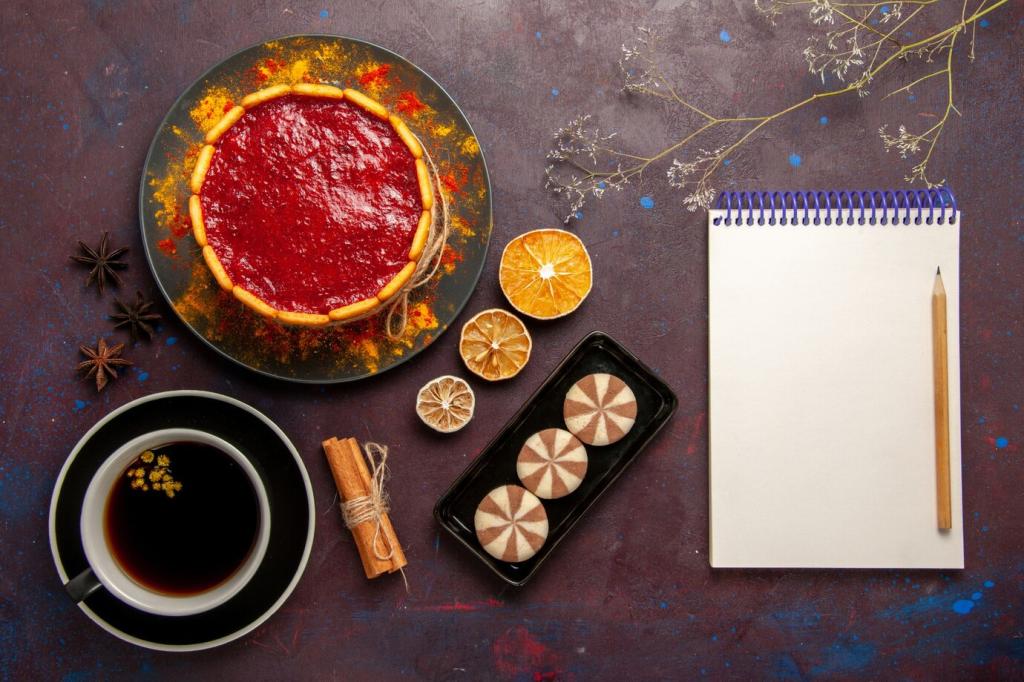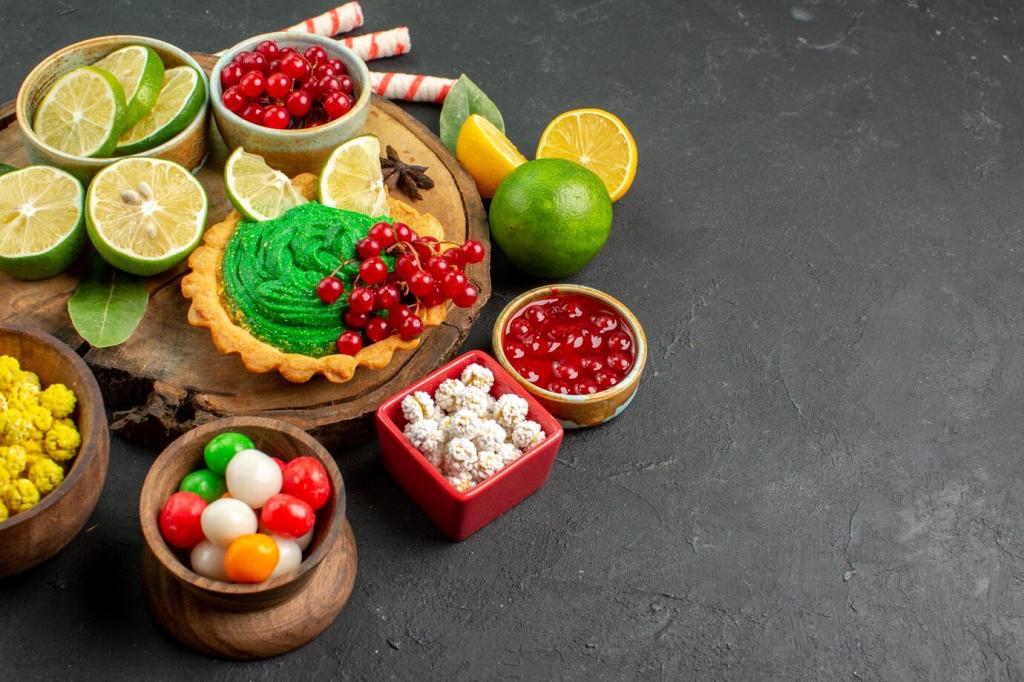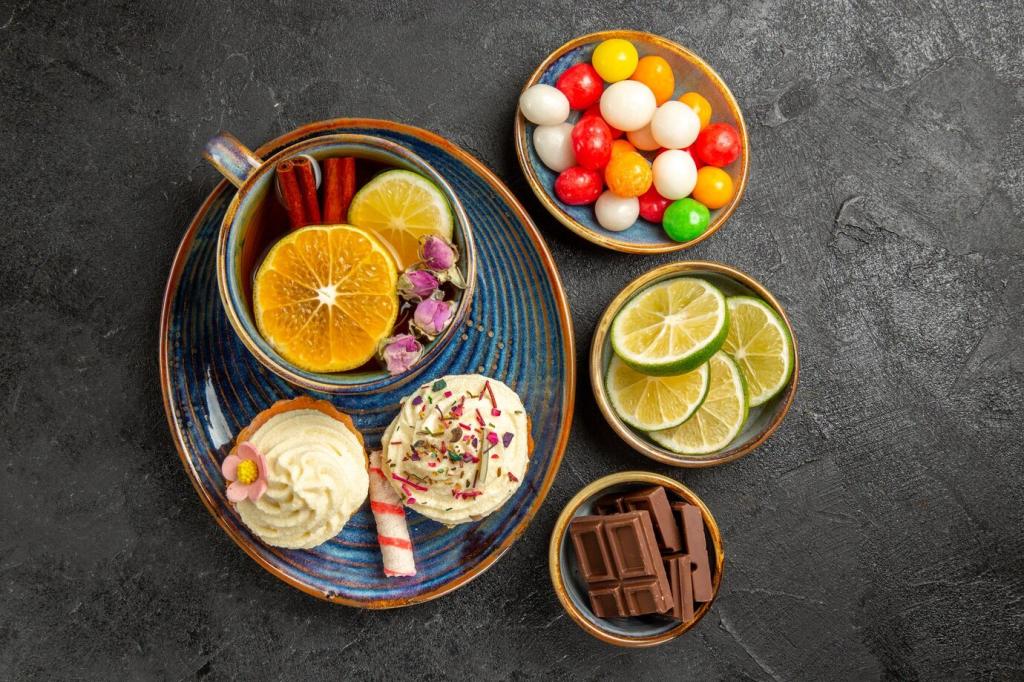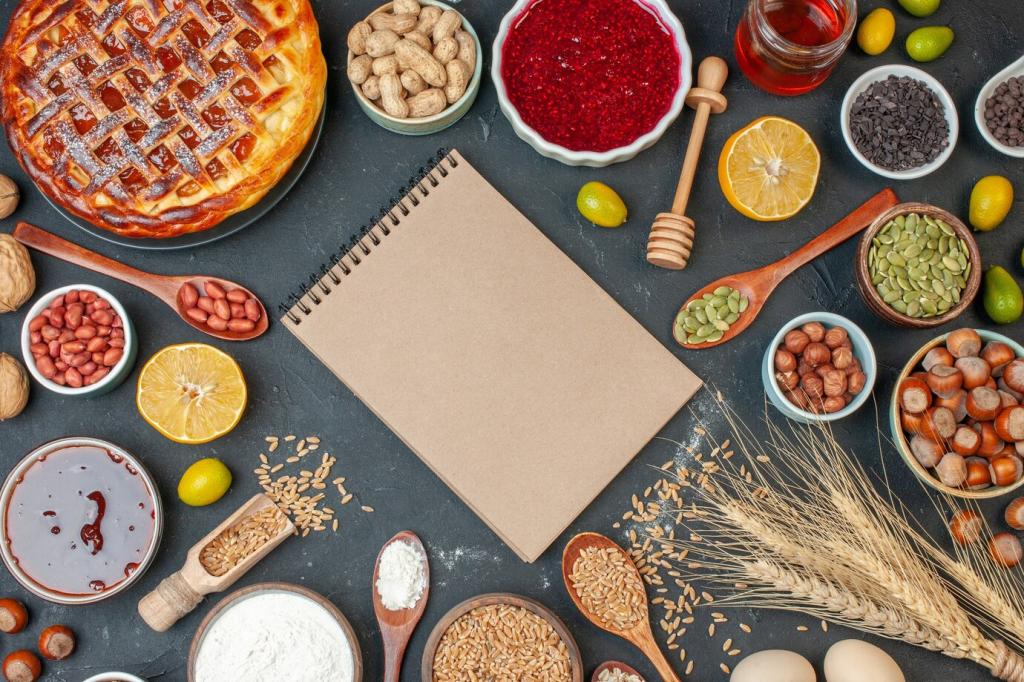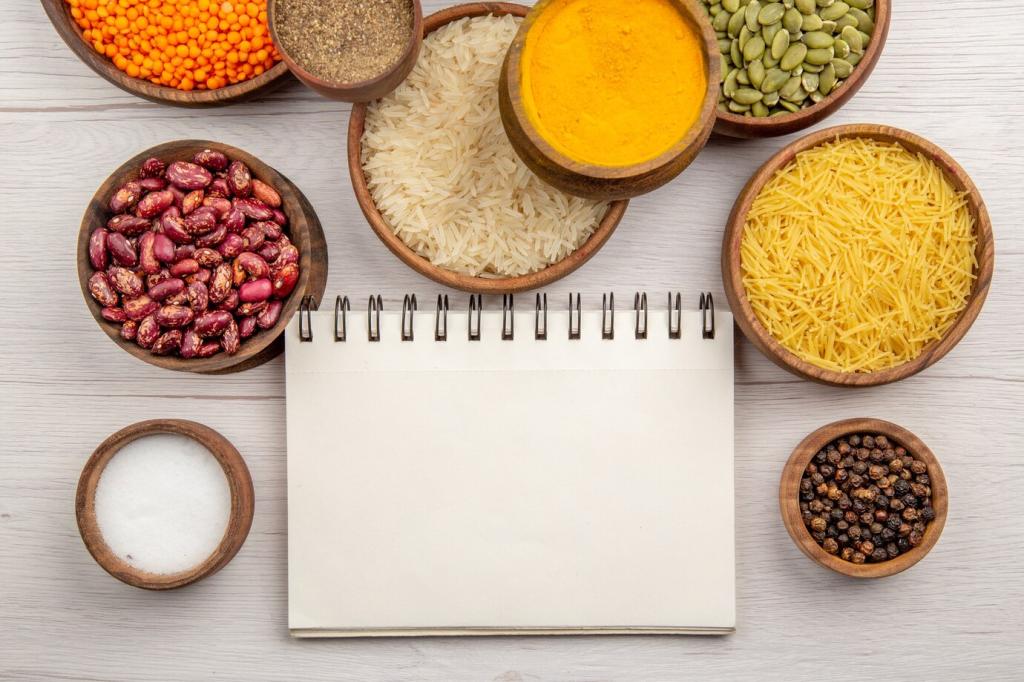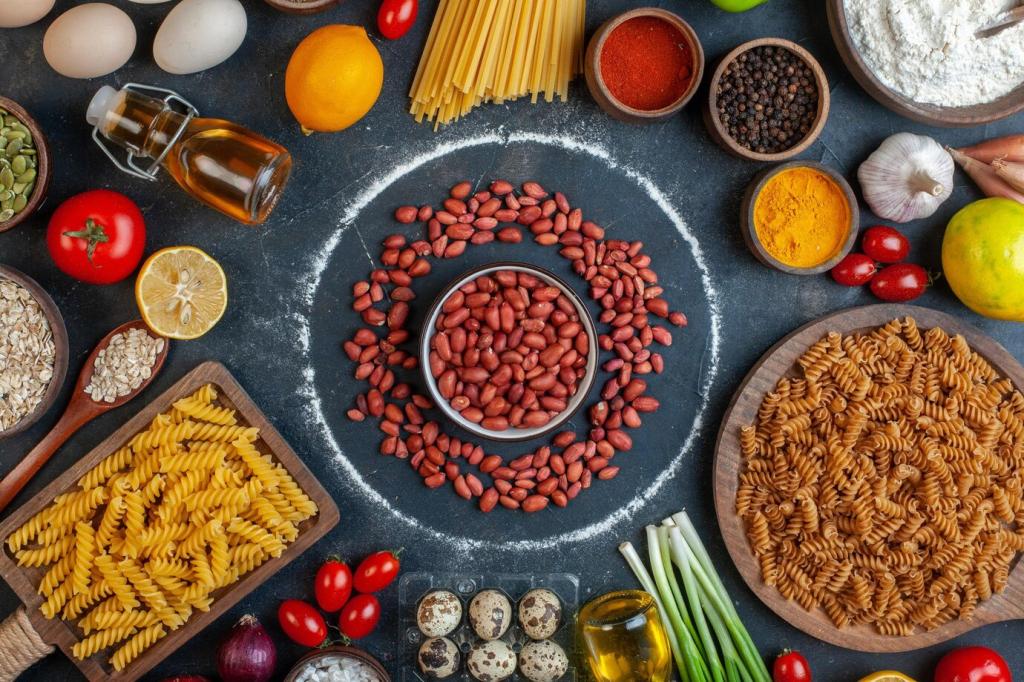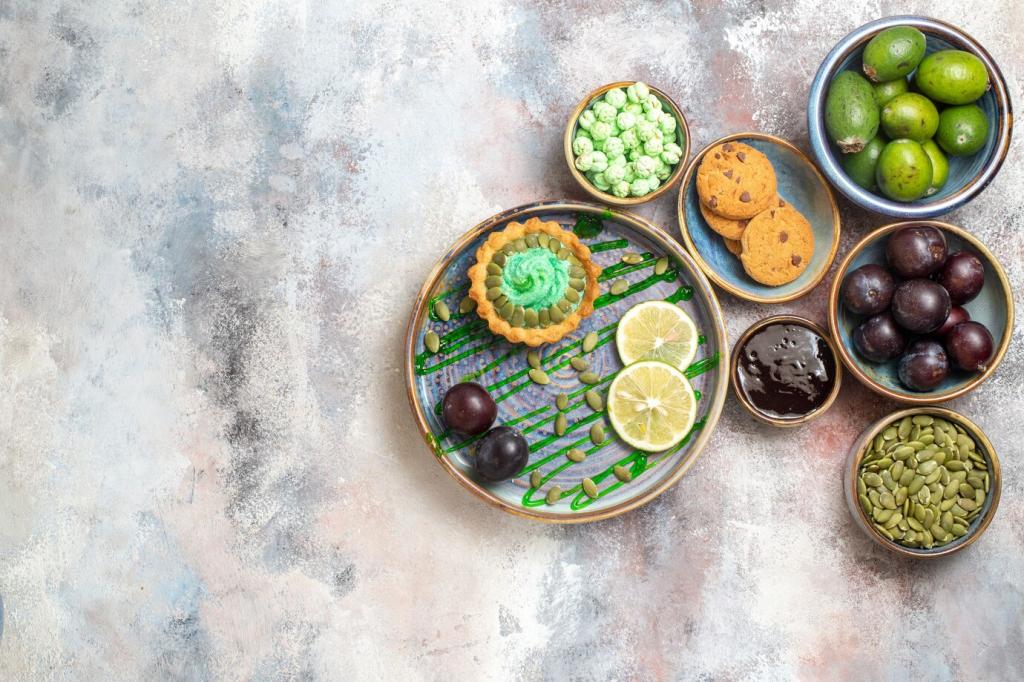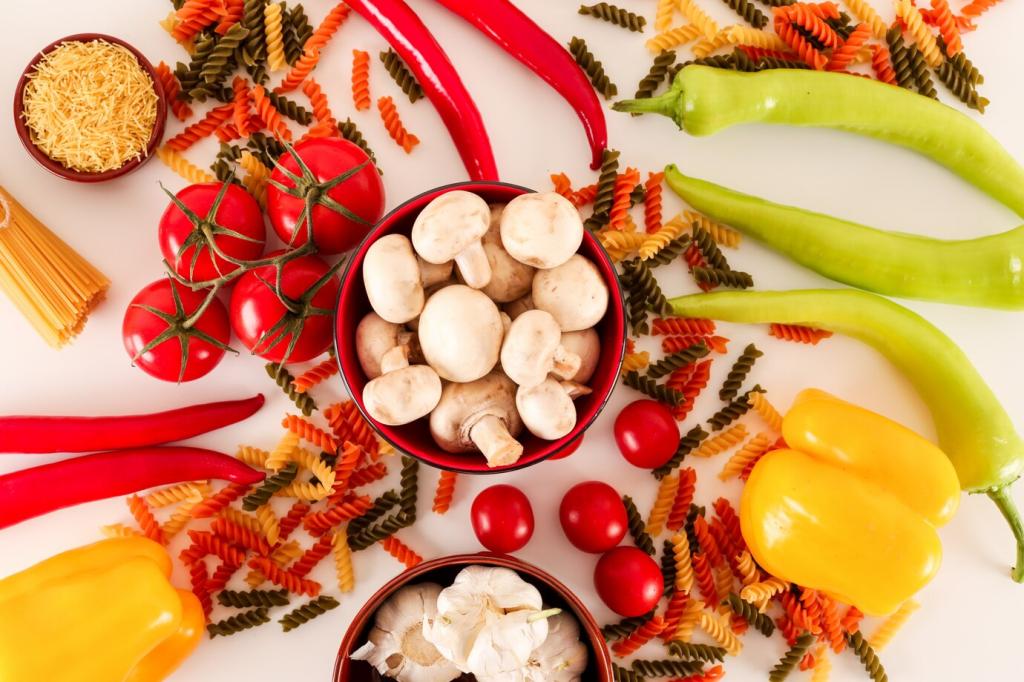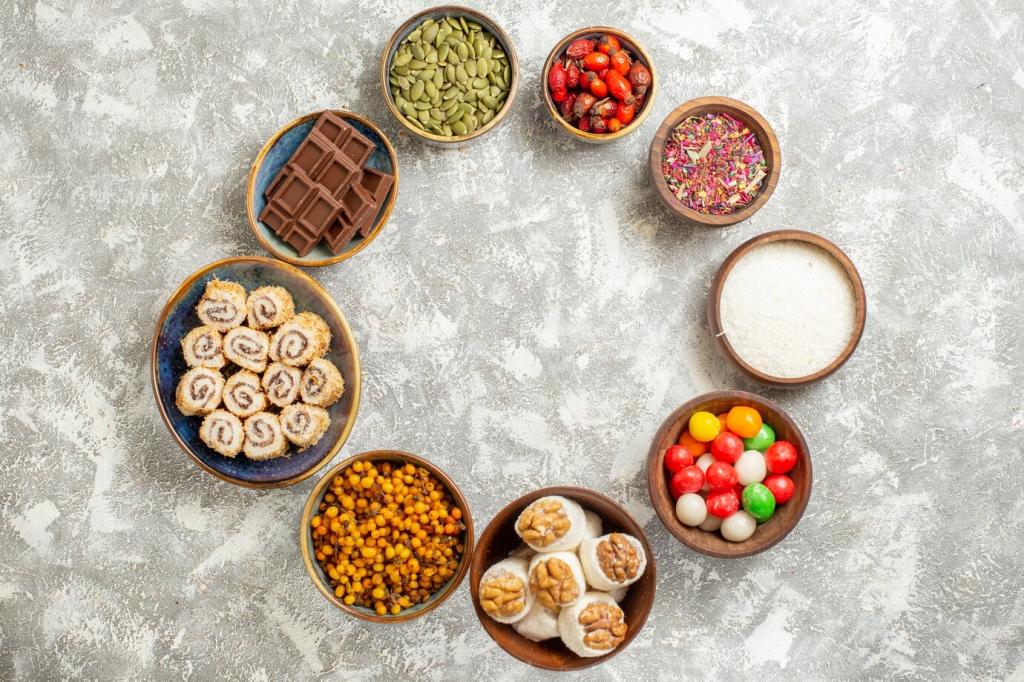Troubleshooting: Rescue and Prevent
Burnt tastes acrid and bitter. Reduce heat, deglaze with water, and remove any blackened bits. If the pot went too far, start fresh with patience. A heavy-bottomed vessel and steady stirring prevent scorching before flavors fully bloom.
Troubleshooting: Rescue and Prevent
A weak body often means stock lacks gelatin or reduction. Simmer uncovered to concentrate. Use a roasted, collagen-rich stock next time. Avoid thickening with starch; it dulls clarity. Share your reduction timing experience to help newcomers succeed.

